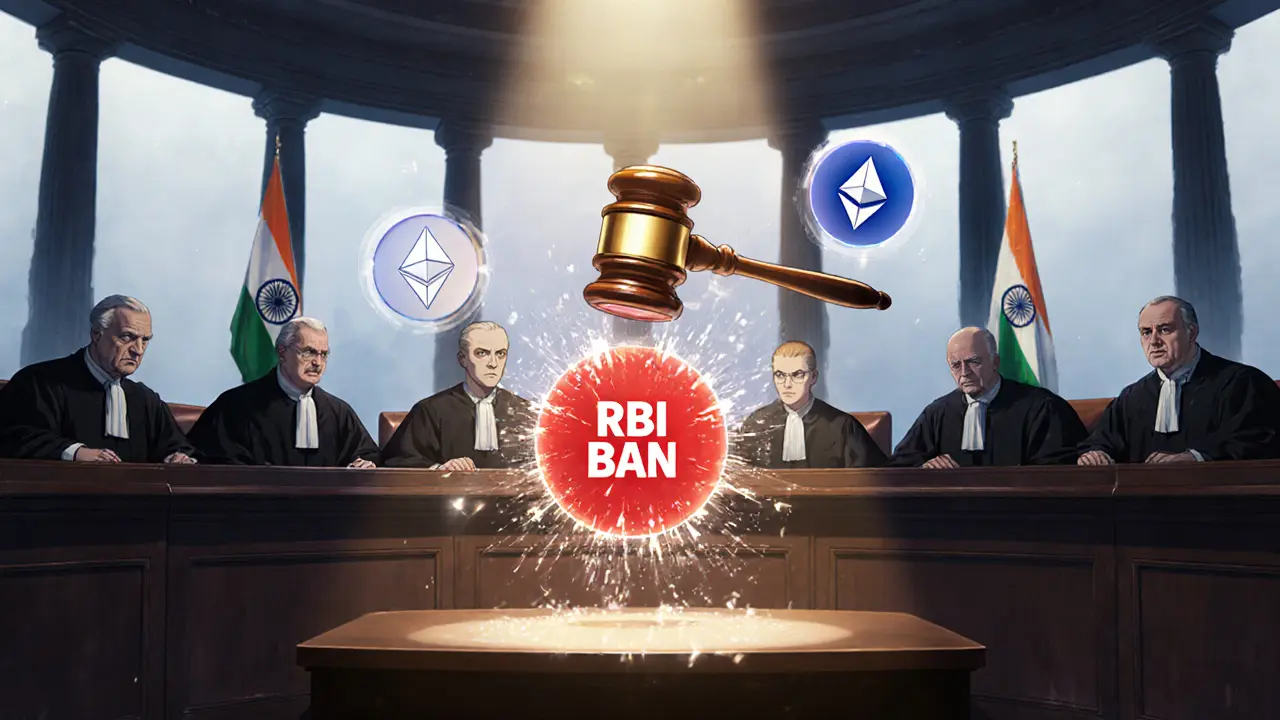VDA Tax India: What Every Crypto User Should Know
When dealing with VDA tax India, the tax framework that treats virtual digital assets as taxable property under Indian law. Also known as Virtual Digital Asset tax, it covers buying, selling, gifting, and earning crypto.
In practice, Cryptocurrency tax in India, requires every crypto transaction to be reported to the Income Tax Department and is tied to the broader capital gains tax, which taxes profit from the sale of assets at rates of 10% for short‑term and up to 20% for long‑term holdings. The government also applies GST on crypto, a 18% levy on services like exchange fees and staking rewards. Together these rules form the tax backbone for anyone dealing with digital assets in India.
Key Elements of the VDA Tax Regime
The VDA tax introduces several concrete obligations. First, every crypto transaction must be logged with details such as date, asset type, value in INR, and counterparties. Second, the net profit or loss is calculated per financial year and classified as either short‑term (< 36 months) or long‑term (> 36 months). Third, the tax payable is reported in the ITR‑2 or ITR‑3 forms, depending on whether the taxpayer has business income. Finally, a TDS (Tax Deducted at Source) of 1% on crypto purchases over ₹10,000 is now enforced by many exchanges, feeding directly into the taxpayer’s PAN.
Why does this matter? Because ignoring any of these steps can trigger notices from the CBDT (Central Board of Direct Taxes) and hefty penalties. For instance, a 200% penalty can be levied on undisclosed crypto income, as demonstrated by recent audit cases in 2024.
VDA tax India also aligns with global trends where regulators treat crypto like any other capital asset. The Indian framework uniquely mixes capital gains, GST, and TDS, creating a multi‑layered compliance puzzle that traders need to unravel.
Practical tips help you stay on track. Use portfolio trackers that export CSV files formatted for the Income Tax e‑filing portal. Calculate short‑term and long‑term gains separately, because the tax rates differ. Keep receipts for any crypto‑related expenses – exchange fees, hardware wallets, and internet costs – as these can be deducted against gains. Finally, set aside approx. 20% of your profit to cover tax liabilities and avoid cash‑flow surprises at year‑end.
Recent updates have refined the rules. In the FY 2023‑24 budget, the government introduced a unified tax slab of 30% for crypto income above ₹2.5 crore, plus surcharge and cess. The same budget clarified that staking rewards are taxable as “Income from Other Sources,” not as capital gains. Meanwhile, the RBI’s 2025 circular mandated that all Indian exchanges report TDS details to the tax department within 30 days of each transaction.
Whether you’re a casual investor, a day trader, or a miner, the VDA tax regime impacts you. Investors holding crypto for the long haul should focus on tracking acquisition costs to reduce long‑term gains tax. Day traders need real‑time profit‑loss calculations to avoid under‑paying TDS. Miners must treat mined coins as business income, meaning they should file ITR‑3 and claim depreciation on mining equipment.
Below you’ll find a curated list of articles that dive deeper into each of these aspects – from step‑by‑step filing guides to analyses of the latest legislative changes. Browse the collection to sharpen your tax strategy and stay compliant with VDA tax India.
- October 12, 2025
- Comments 3
- Cryptocurrency

